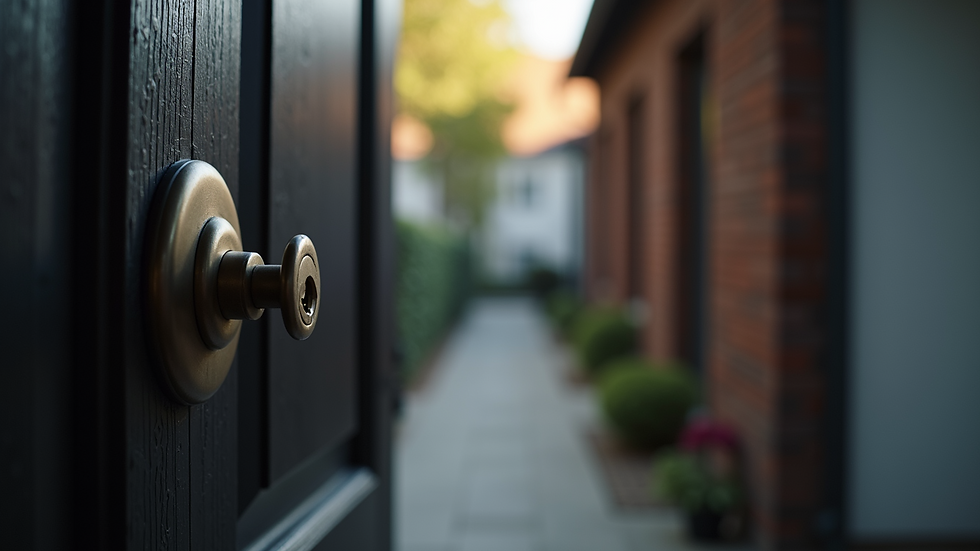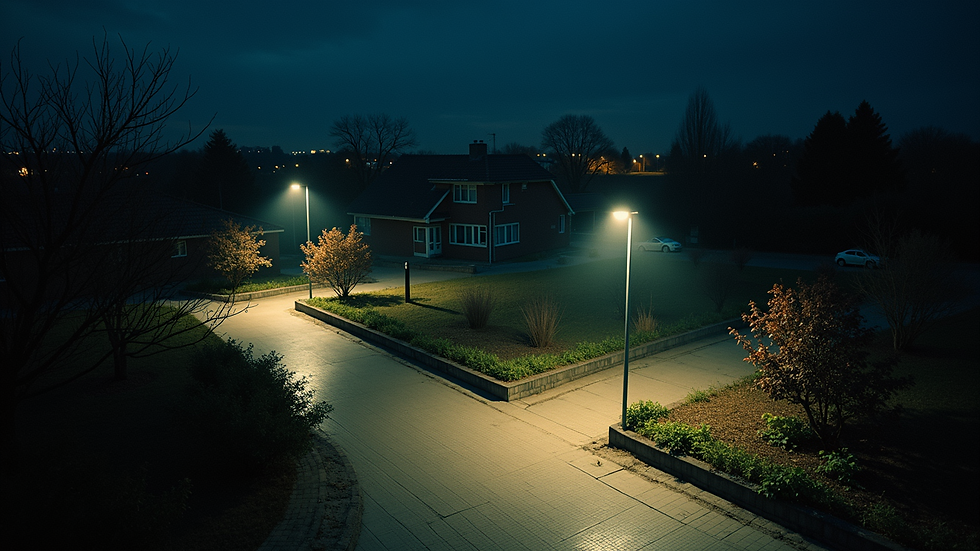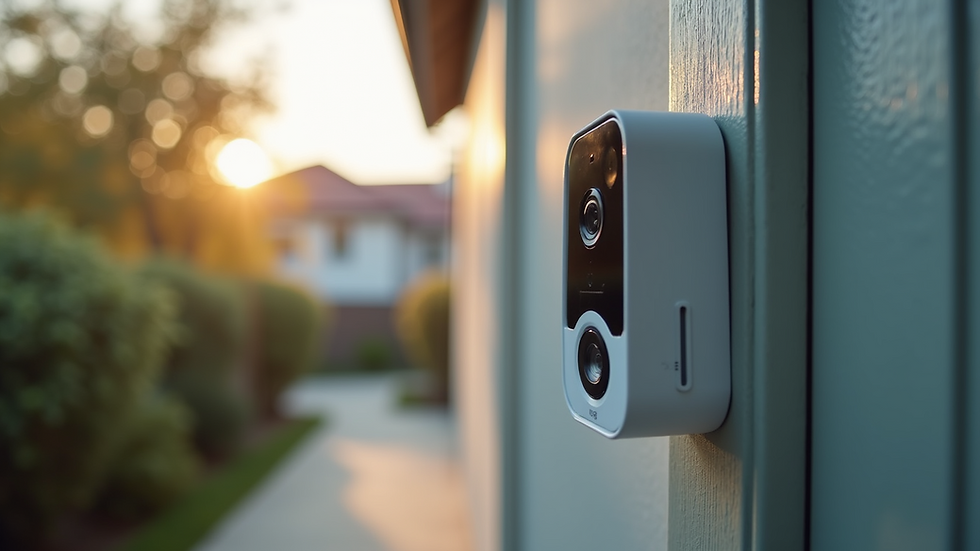Best Practices for Keeping Your Home Safe
- Malcolm Withers

- Aug 4
- 4 min read
Updated: Aug 7
Keeping your home safe is essential for your peace of mind and the protection of your loved ones and belongings. A secure home prevents potential break-ins, accidents, and other dangers. In this blog post, we will discuss best practices to enhance your home security, practical tips for safe living, and strategies for preventing accidents. With these tips, you can ensure that your home remains a safe haven.
Home Safety Tips
Ensuring your home is secure is not just about installing high-tech alarm systems or locks. It begins with understanding the common vulnerabilities in your home and addressing them effectively. The majority of home burglaries occur during the day when owners are out at work or school. According to the FBI, a burglary happens every 25.7 seconds in the United States. Thus, it is crucial to integrate safety measures into your daily routine.
Secure Doors and Windows:
All exterior doors should have deadbolts. An estimated 34% of burglars enter through the front door. Reinforce weak points, such as sliding glass doors, with a security bar.
Equip windows with locks and consider installing window sensors that notify you if a window is opened unexpectedly.
Outdoor Lighting:
Install motion-sensor lights around your home’s entry points. The presence of light can deter burglars who prefer to work in the dark. According to a study by the University of North Carolina, 65% of convicted burglars stated that they would avoid a home that was well-lit.
Landscaping for Safety:
Keep bushes and trees trimmed to prevent providing cover for potential intruders. Having clear sightlines makes it difficult for burglars to hide. Also, consider planting thorny shrubs under windows as an added deterrent.


How do I make my house more secure?
Making your house more secure requires a multi-layered approach. Here are some practices that can significantly improve your home’s safety:
Invest in a Security System:
A monitored alarm system can provide immediate alerts to any attempt of unauthorized entry. Some systems even offer smartphone integration, enabling you to monitor your home's security remotely.
Use Smart Technology:
Consider installing smart cameras and doorbells. Many of these devices offer alerts and can be accessed via your phone. It's one of the best investments you can make for safeguarding your property. They not only record activity but can also alert you and the police if someone suspicious is lurking around.
Community Engagement:
Get to know your neighbors and establish a neighborhood watch. Community vigilance can deter crime. Sharing tips and keeping each other informed about suspicious activities can help keep everyone safe.
Secure Your Garage:
Many people overlook garage security. Ensure that your garage door has a secure lock and does not provide easy access to your home. Keep the interior of your garage organized, so it's less likely an intruder could find tools useful for break-ins.
Backup Power Source:
Keep a backup generator in the case of power outages. Many modern security systems rely on electricity, and having a backup can help ensure they stay operational.

Interior Safety Measures
While outdoor security is essential, you must also consider safety measures within your home. Here are a few tips to prevent accidents and ensure the safety of your family:
Fire Alarms and Carbon Monoxide Detectors:
Install smoke detectors on every level of your home, especially outside each sleeping area. Test the alarms monthly to ensure they work. Similarly, install carbon monoxide detectors that provide warnings of harmful gas exposure.
Secure Rugs and Cords:
Prevent slips and falls by securing area rugs with double-sided tape or non-slip mats. Likewise, organize electrical cords to avoid tripping hazards.
Childproof Your Home:
If you have young children, it’s crucial to childproof your living spaces. Use safety gates, corner guards, and cabinet locks to keep hazardous items out of reach.
Emergency Plans and Contacts
Creating an emergency plan is vital for ensuring your family can react quickly during a crisis. Here’s what you should include:
Fire Escape Plan:
Map out at least two exit routes from each room in your home. Practice the escape plan regularly so everyone knows what to do in case of an emergency.
Emergency Contacts:
Keep a list of important contacts, including family members, local police, fire department, and poison control, posted in an easily accessible location. Everyone in your home should know these numbers by heart.
Practice Drills:
Regularly conduct drills for various emergencies, such as a house fire or intruder alert, so everyone knows how to respond.
Final Thoughts on Home Safety
Implementing home safety tips is essential for protecting your home and loved ones. Start with securing your doors and windows, enhance your outdoor lighting, and consider investing in smart technology. Remember, safety is an ongoing effort and remains essential even after taking initial measures. Therefore, regularly review and update your security practices, keeping your home a safe haven.
For additional resources and ideas on enhancing your home’s security, be sure to explore home security tips that can help you stay one step ahead. Protecting your home is a blend of awareness, preparation, and taking action. Stay vigilant and safe!





Comments